When it comes to deer, clover is the preferred forage. But not all clover species are equal when it comes to deer preference. Knowing which clover types are favored by deer can help you get the most out of your land and provide a more nutritious and abundant food source for the wildlife that call your property home.
Anatomy of Clover Species: Clover is a type of legume that is categorized into four primary types: red clover, white clover, alsike clover, and crimson clover.
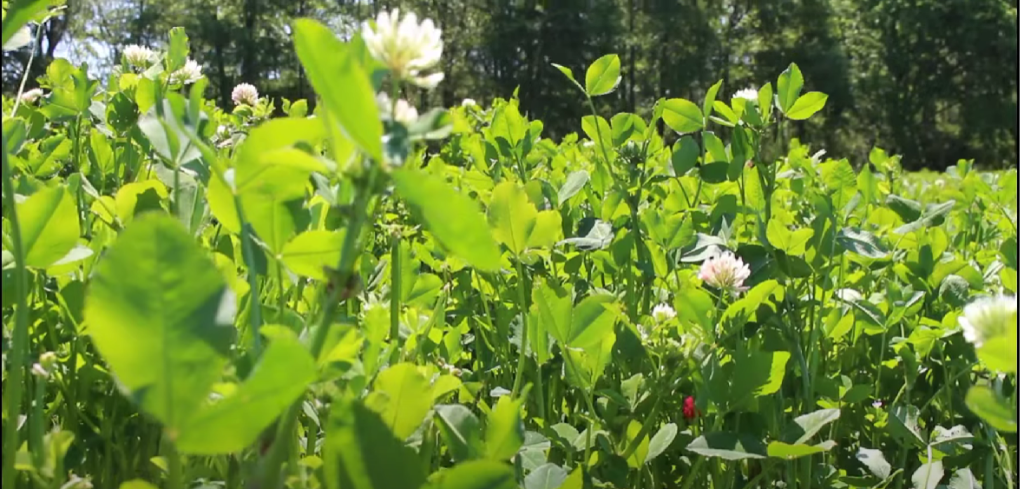
Each species has its own unique characteristics, which can make them more or less attractive to deer.
Red Clover (Trifolium Pratense): Red clover is one of the most widely planted forages for deer and other wildlife species. It produces an abundance of flowers that are highly attractive to deer and other herbivores. Red clover is a perennial species that prefers moist soils in sunny areas and does best in cooler climates. It has a high crude protein content and is an excellent source of calcium, phosphorus, magnesium, potassium and vitamins A and C.
White Clover (Trifolium Repens): White clover is also a perennial species that prefers moist soils in sunny areas but can also tolerate wetter conditions than red clover. It produces an abundance of flowers that are highly attractive to deer as well as other wildlife species such as rabbits, birds, rodents and insects.
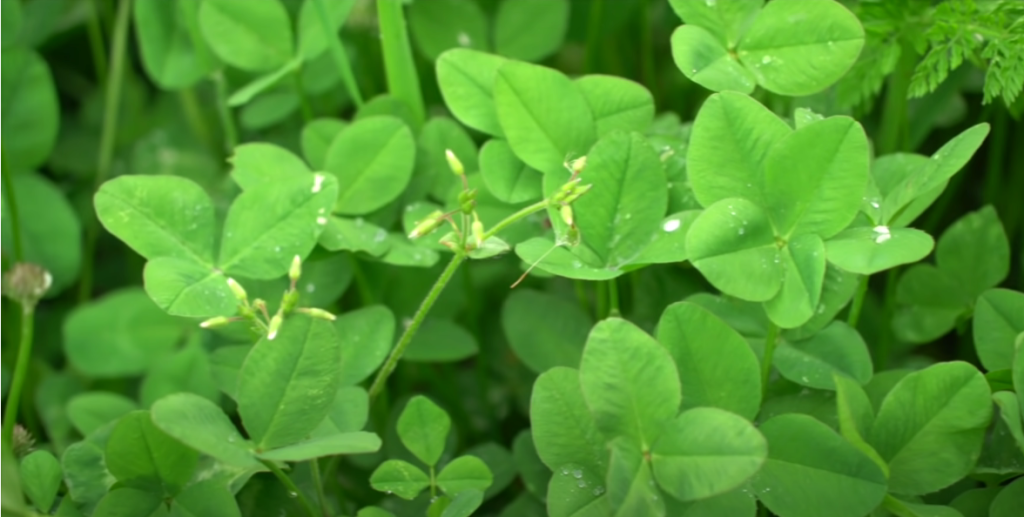
White clover has a high crude protein content but it also contains higher levels of sugar than red or alsike clovers so it is often used as a supplemental feed rather than an exclusive feed source for deer.
Alsike Clover (Trifolium Hybridum): Alsike clover is another perennial species that prefers moist soils in sunny areas but can tolerate shade better than red or white clovers.
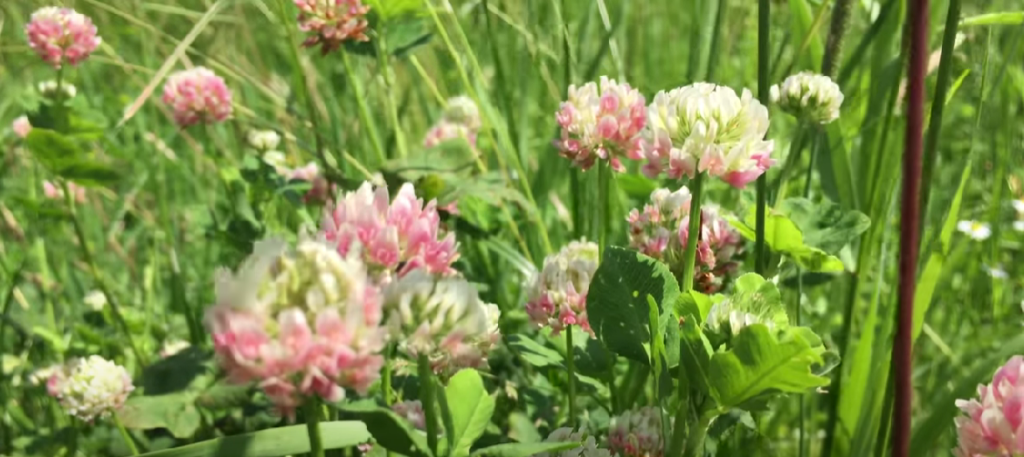
It does best in cooler climates but can also survive mild winters in warmer regions as well.
Alsike produces an abundance of flowers which are highly attractive to deer and other herbivores such as rabbits or groundhogs.
This type of clover is especially beneficial because it provides plenty of nutrition with high crude protein content along with calcium, phosphorus, magnesium, potassium and vitamins A & C just like red or white clovers do.
Crimson Clover (Trifolium Incarnatum): Crimson clover is a short-lived annual species that prefers dry soil in sunny areas but can tolerate wetter conditions better than both red or white clovers do – making it a great choice for areas prone to drought conditions during summer months when other varieties may suffer from heat stress or lack of moisture.

Crimson produces an abundance of flowers which attract deer along with other wildlife species such as rabbits and groundhogs due to its high nutrient content including vitamin A & C along with minerals like calcium & phosphorus making it especially beneficial when used as a supplemental feed source during late summer into early fall months when natural food sources may be limited due to extreme weather conditions .
Ladino Clover (Trifolium Occidentale): Ladino clover is a type of clover that is well-liked by deer. It is a perennial clover, meaning it will come back year after year. It is a large leaf variety with white flowers. It grows best in moist soils and can tolerate some shade. It produces higher yields than other types of clovers and can stay productive for several years with proper management.
Subterranean Clover (Trifolium Subterraneum): Subterranean clover is an annual clover that is a favorite among deer. It has small leaves and pink to white flowers and can grow in both sunny and shady areas.
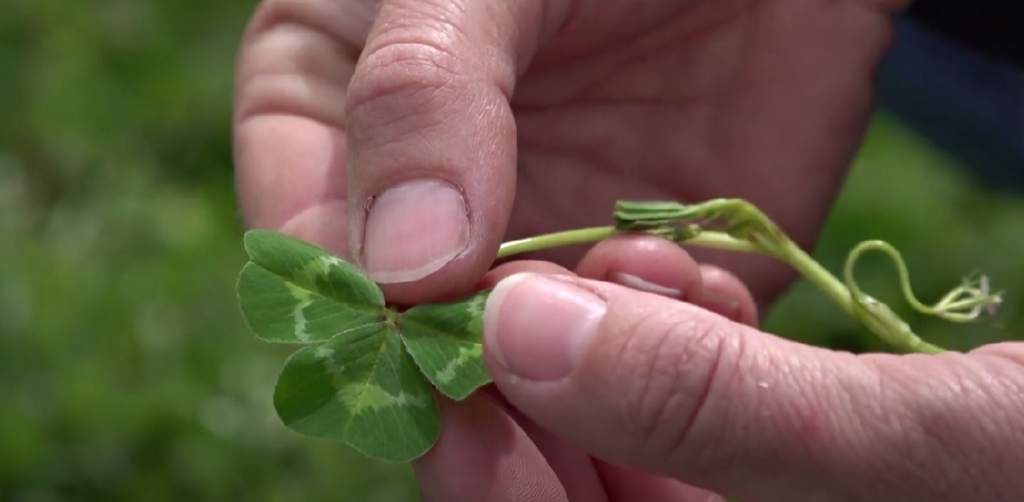
It grows well in dry, sandy soils and will usually reseed itself the following year. Subterranean clover has high protein content which makes it an attractive food source for deer.
Sweet Clover (Melilotus Officinalis): Sweet clover is a biennial plant, meaning it takes two years to complete its life cycle before it dies off. It has small yellow flowers and can be found growing in sunny locations in fields or along roadsides.
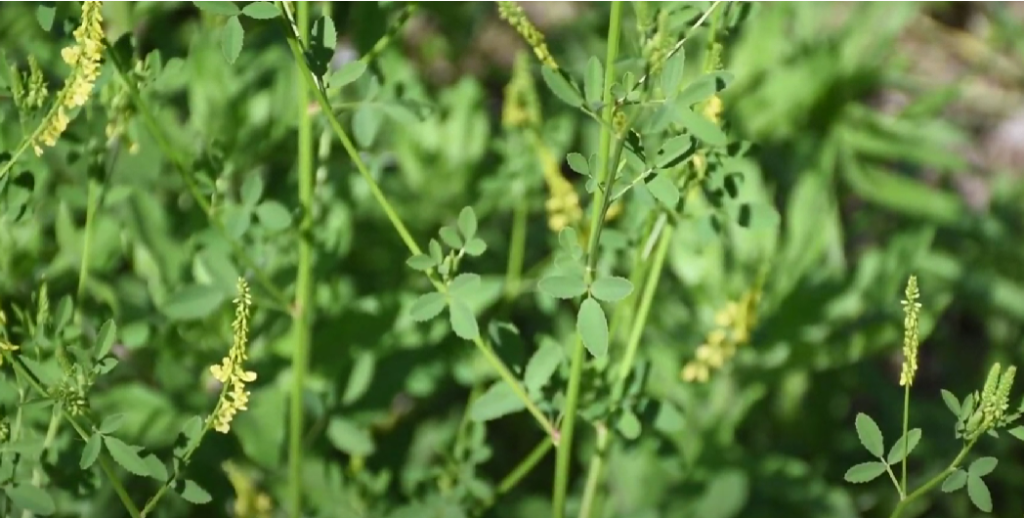
Sweet clover has a sweet flavor that makes it popular with deer, especially when other food sources are scarce.
Annual Clovers Vs Perennial Clovers: Annual clovers are planted each year while perennial varieties come back year after year without having to be replanted every season. Annuals are often more economical for farmers, but perennials have the advantage of being able to increase yields over time due to their deeper root systems which allow them to access more nutrients from the soil than annuals do.
Nutrients in Different Clovers: All types of clover provide essential nutrients such as protein, calcium, phosphorus and magnesium which are important for the overall health of deer. Ladino and subterranean have higher levels of protein than sweet clover, making them better sources of nutrition for deer when compared side by side.
FAQ & Answers:
What type of soil do different types of clover prefer?
Ladino prefers moist soils while subterranean grows best in dry, sandy soils; sweet clover can tolerate both sunny and shady locations but prefers sunny areas with well-drained soils.
How long does sweet clover take to complete its life cycle?
Sweet clover is a biennial plant so it takes two years to complete its life cycle before dying off naturally.
What Can I Plant With White Clover For Deer?
You can plant just about anything with white clover for deer. Some good options include corn, wheat, alfalfa, and soybeans.
Clover provides a great source of nutrition for deer, and when planted with other crops, it can help to attract them to your property. and also help increase the production of these crops.
Is White Clover Good For Wildlife?
White clover is great for wildlife because it is a perennial plant that grows back every year. It also produces a lot of flowers, which attract bees, butterflies, and other pollinators.
Deer love to eat the leaves and flowers of white clover, so it is a great plant to have in your yard if you want to attract deer and other wildlife. white clover also help the wildlife with the protein. so it is clear that white clover is good for wildlife.